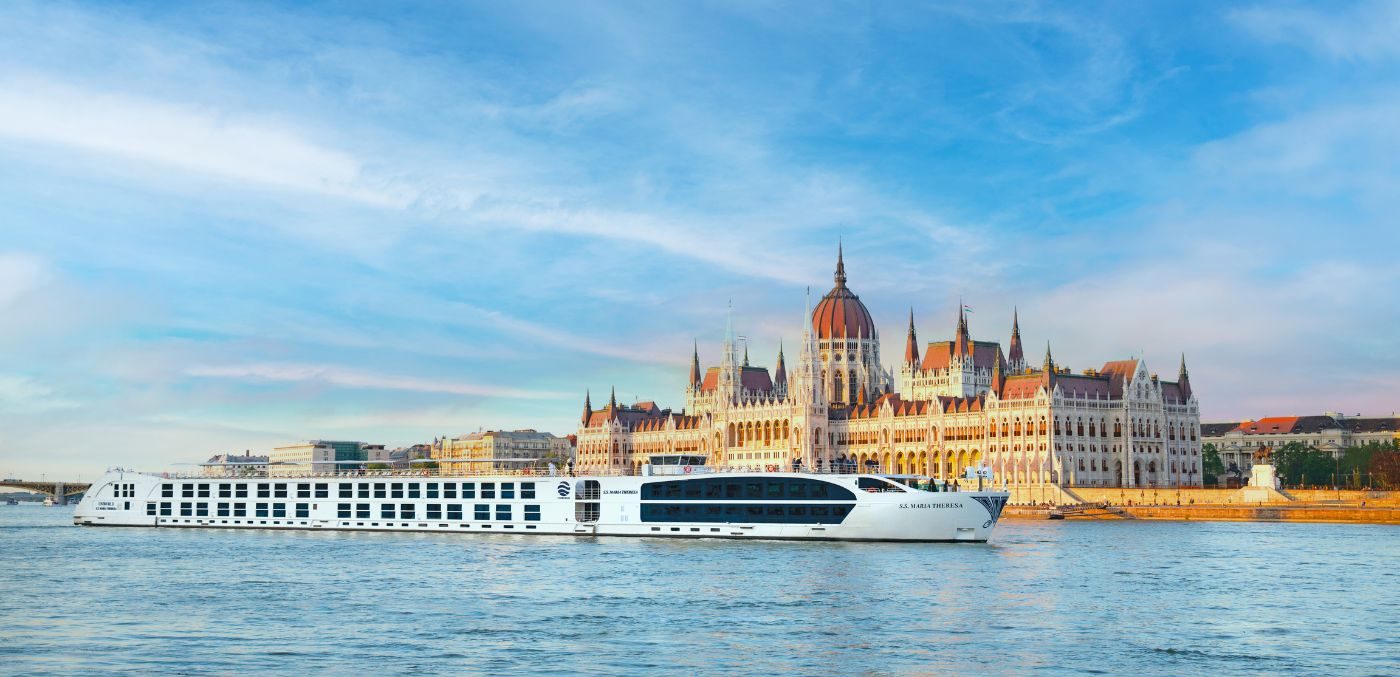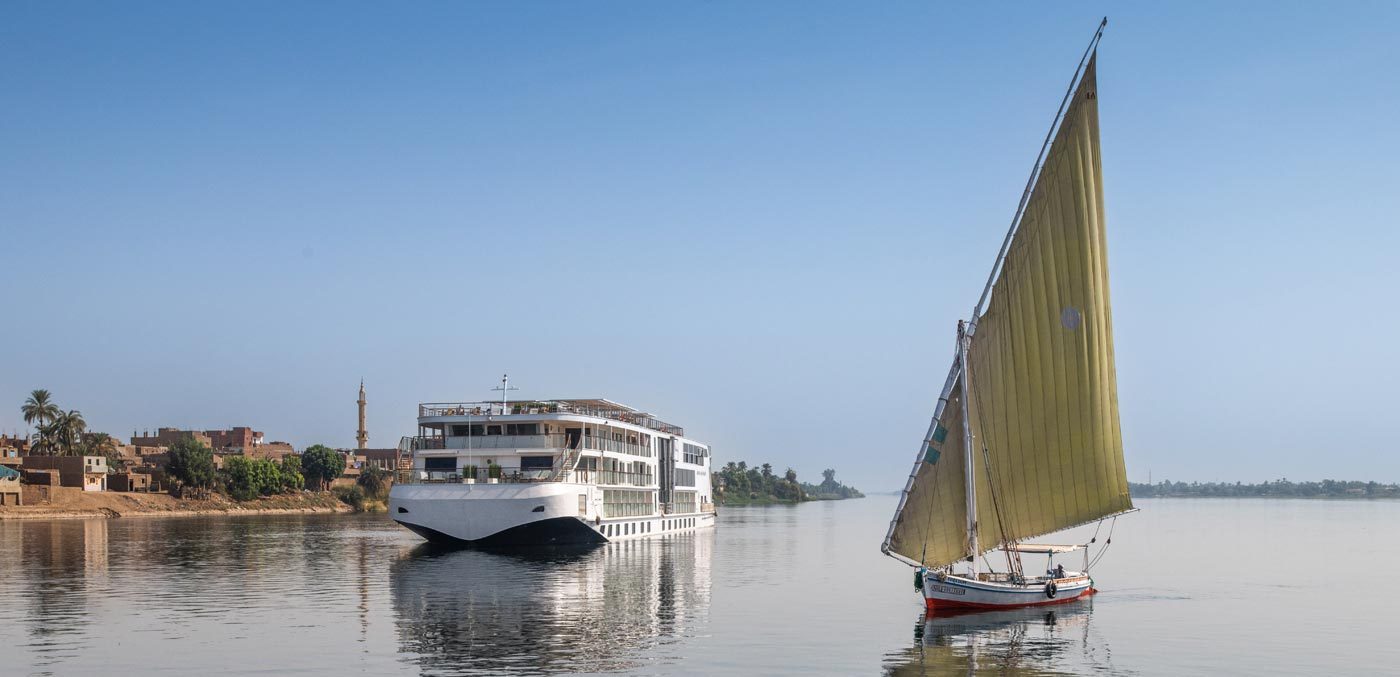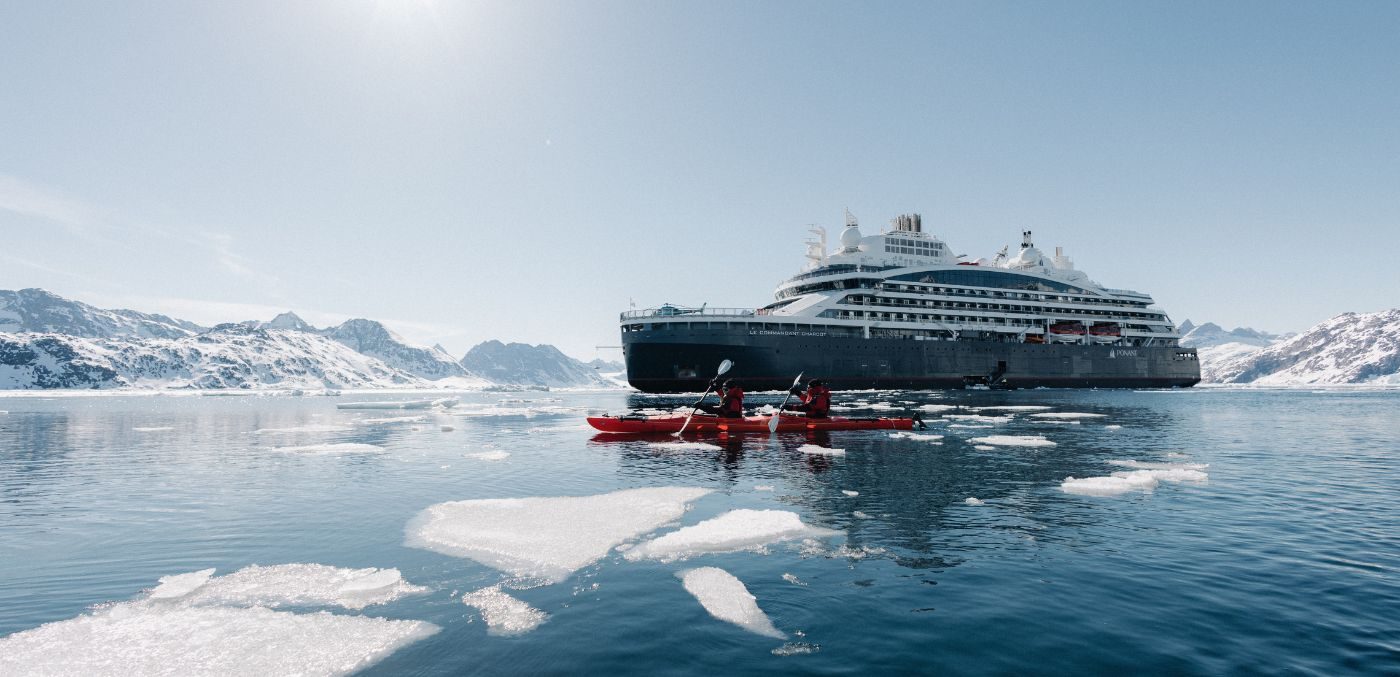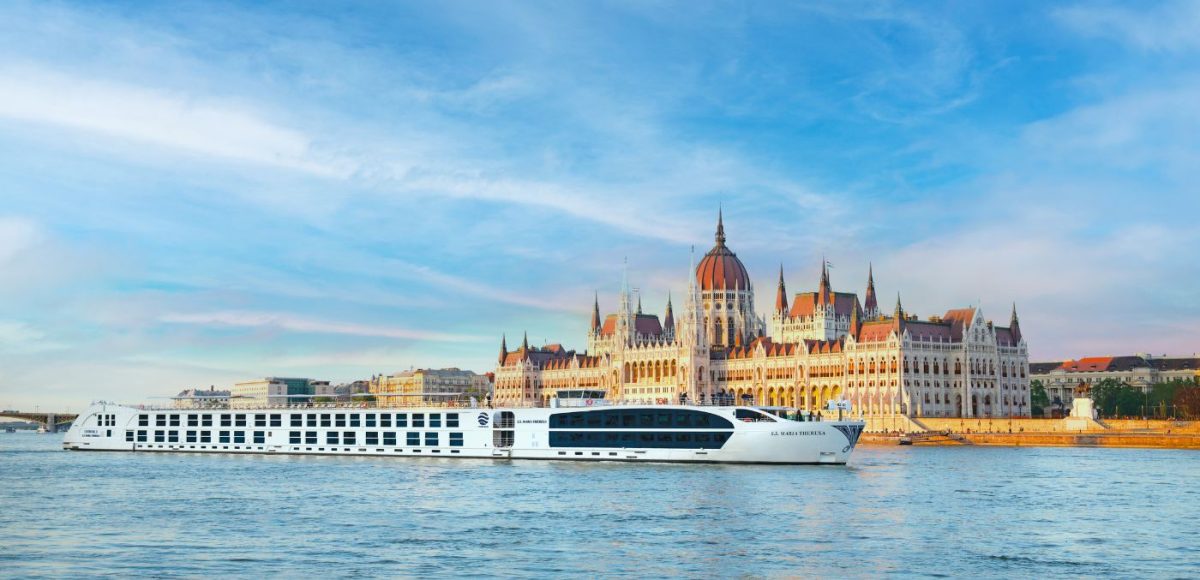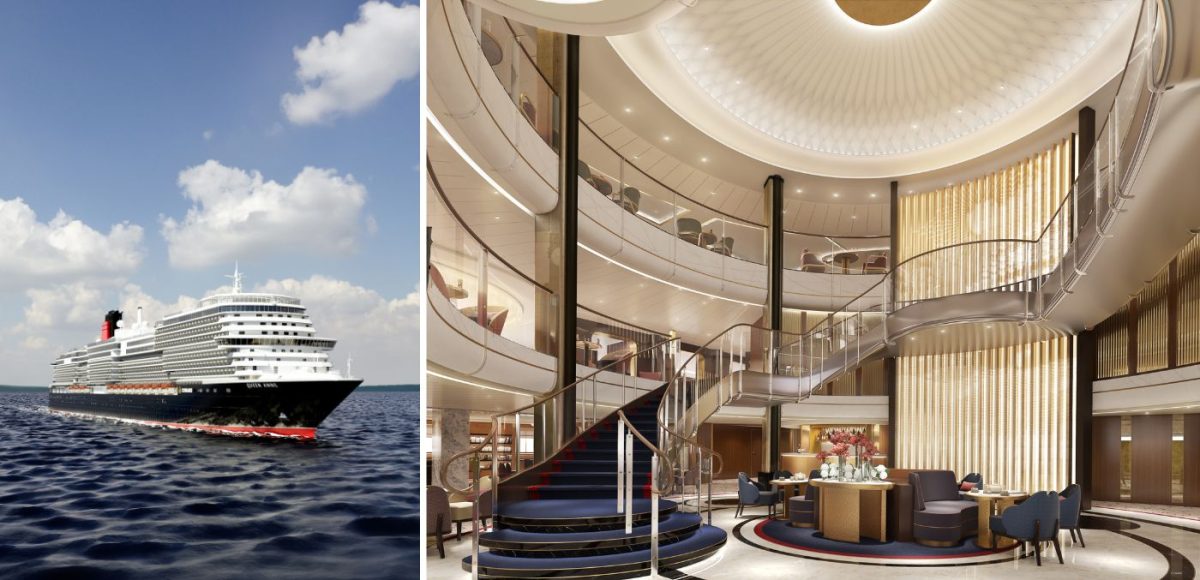Ocean adventures are now pursued through a sustainable concept that benefits both passengers and the planet in equal measure, writes Laura Barry.
It’s hard not to love cruising. Every whim is tended to as we’re whisked from one destination to the next. Little wonder cruising is one of the fastest growing sectors within the global tourism industry. In fact, according to the 2023 Luxury Cruise Market Report, international luxury cruise lines expect to welcome more than one million guests on board this year. As much as cruisers love to cruise, not just any cruise will do.
Virtuoso research shows that 82 per cent of affluent travellers want to journey responsibly and 70 per cent believe travelling sustainably enhances an experience. Yet a scientific review into cruising by the University of Exeter in 2021 reports that a large cruise ship’s carbon footprint is greater than 12,000 cars. How are we to bridge the divide between luxury and sustainable cruising?
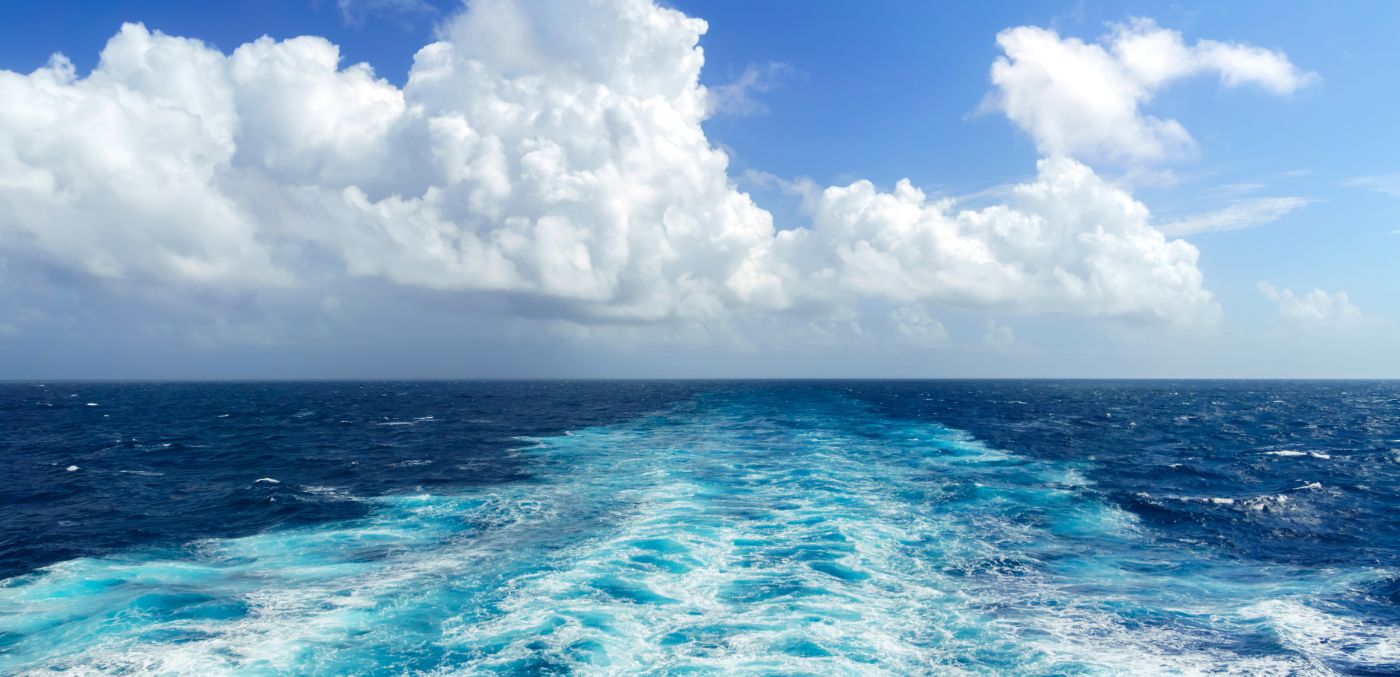
What is sustainable cruising?
Now that top-tier travellers are voicing their commitment to slow, ethical and sustainable journeys, the luxury cruise industry is responding with a range of sustainable cruising initiatives. Cruise Lines International Association has committed to ensuring ocean-going companies achieve net-zero carbon cruising by 2050, the attainment of which relies upon the integration of key innovations such as Liquified Natural Gas (LNG), shoreside electricity, advanced wastewater treatment systems, and practical energy-efficient installations. Compared with traditional marine fuels, using LNG achieves a 95 per cent reduction in air pollution, an 85 per cent reduction in nitrogen emissions, and almost eliminates sulphur emissions.
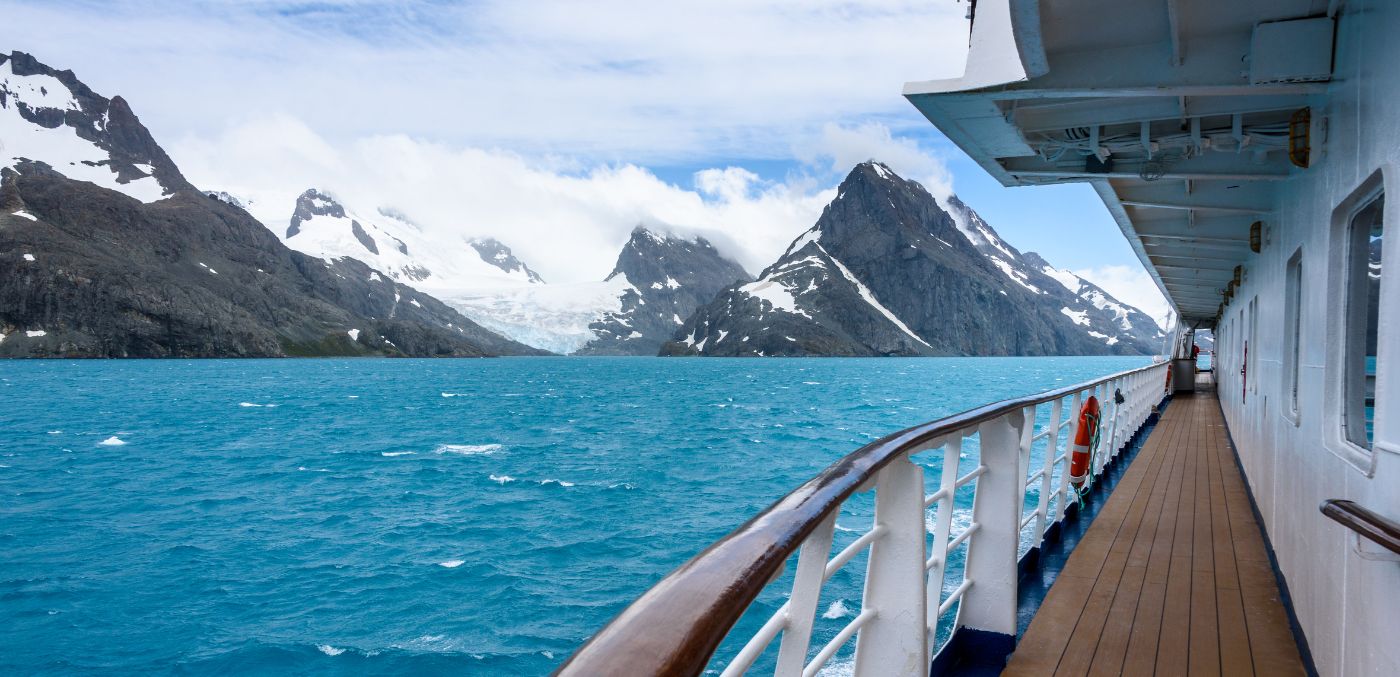
While LNG provides real environmental benefits right now, it also allows LNG ready ships to adapt to future iterations of sustainable marine fuels. “We’re also seeing investment in future alternative fuels and power sources like biofuel, methanol, hydrogen, hybrid propulsion and electric batteries,” says Joel Katz, Managing Director Australasia, Cruise Lines International Association. “There’s an enormous amount happening in this area – new joint ventures, new research and development projects, new test operations, and new partnerships – all focused on perfecting sustainable power sources and making them available at scale.”
“On board, cruise ships have long been leaders when it comes to reducing waste and recycling. In some cases, cruise operators can repurpose up to 100 per cent of waste generated on board by removing, reusing, recycling and converting waste to energy.”
The whole industry is working towards a future of sustainable cruising, but the true innovators at the helm of the clean-cruising movement are addressing ecological impact at a fundamental level.
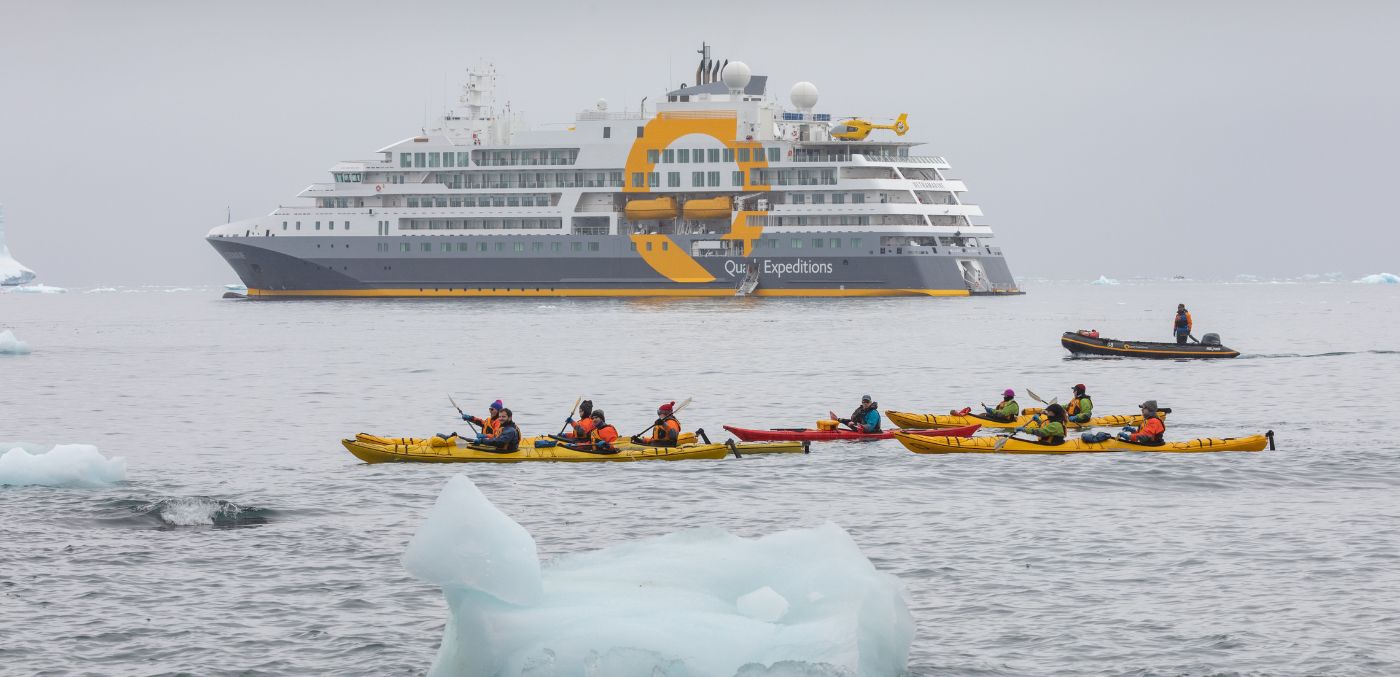
Sustainable cruise lines
1. Ponant – leading the way with technology
All vessels operated by luxury expedition cruise line Ponant carry a Bureau Veritas Cleanship certification for reduced environmental impact, and Comfort 1 ratings for reduced noise and vibration levels that affect passengers and local wildlife alike. The French company is also the first European line to obtain a Green Marine Europe label for environmentally friendly practices and technologies. Ponant also operates Le Commandant Charcot, the world’s only hybrid-electric, LNG-powered luxury icebreaker – the industry’s cleanest deep polar exploration vessel. Furthermore, Ponant has revealed that its 14th ship, set to sail in 2026-27, will be sail powered with fuel cells for auxiliary power, and be entirely carbon neutral.
“We want to be the best in class in Corporate Social Responsibility and we take that very seriously,” says Hervé Gastinel, Ponant CEO. “The plan is to launch the first-ever decarbonised, carbon-neutral passenger ship in the world. That is a huge challenge, as you can imagine, but our teams have already set up the plan.”
Learn more about Ponant’s commitment to sustainable cruising
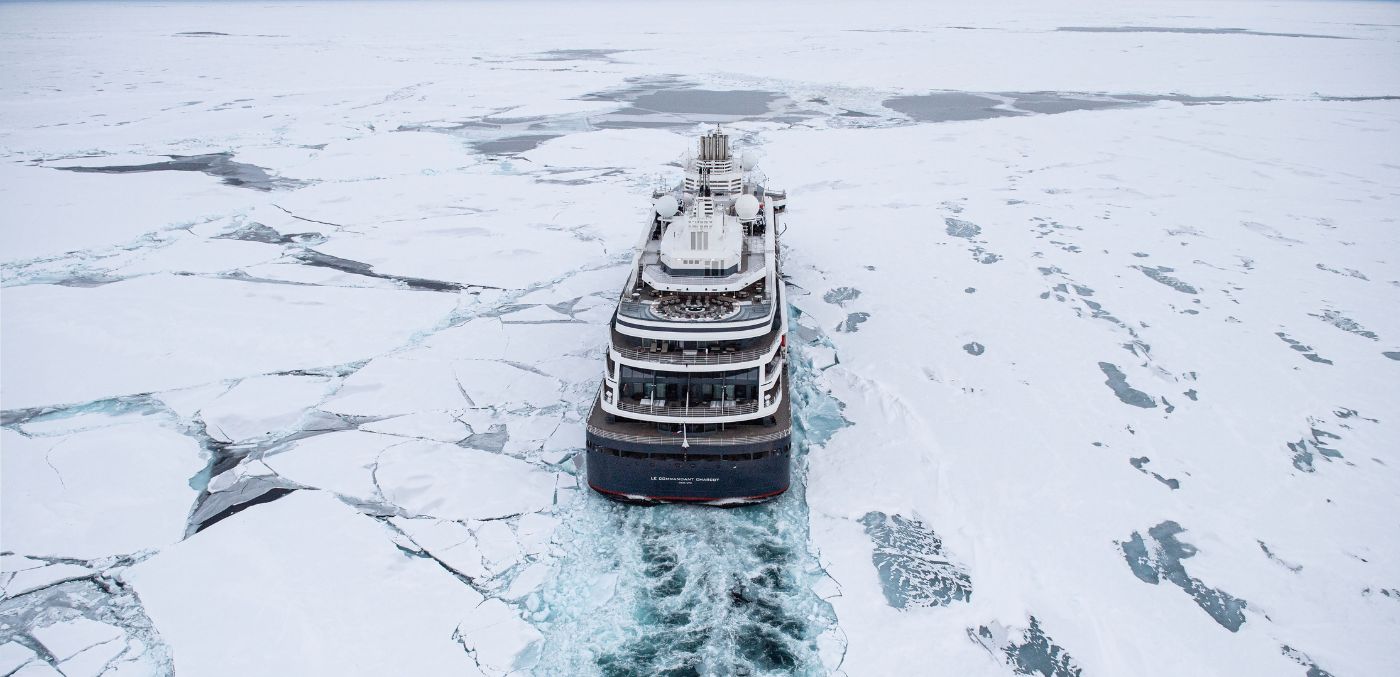
2. Explora Journeys – using sustainable processes
Similarly, Switzerland’s Explora Journeys this year launched the first of six new luxury ships built by Italian shipbuilder, Fincantieri. While opulent interior design and culinary offerings reign supreme, a dedication to sustainable cruising practices sets EXPLORA I apart. It’s fitted with shore-to-ship power connectivity that reduces carbon emissions when docked, an SCR system that reduces nitrogen oxide emissions by 90 per cent, and underwater noise-reduction technology to minimise the ship’s acoustic impact on wildlife. It also has a ballast water treatment system to reduce the threat of species transportation – clean cruising at its finest.
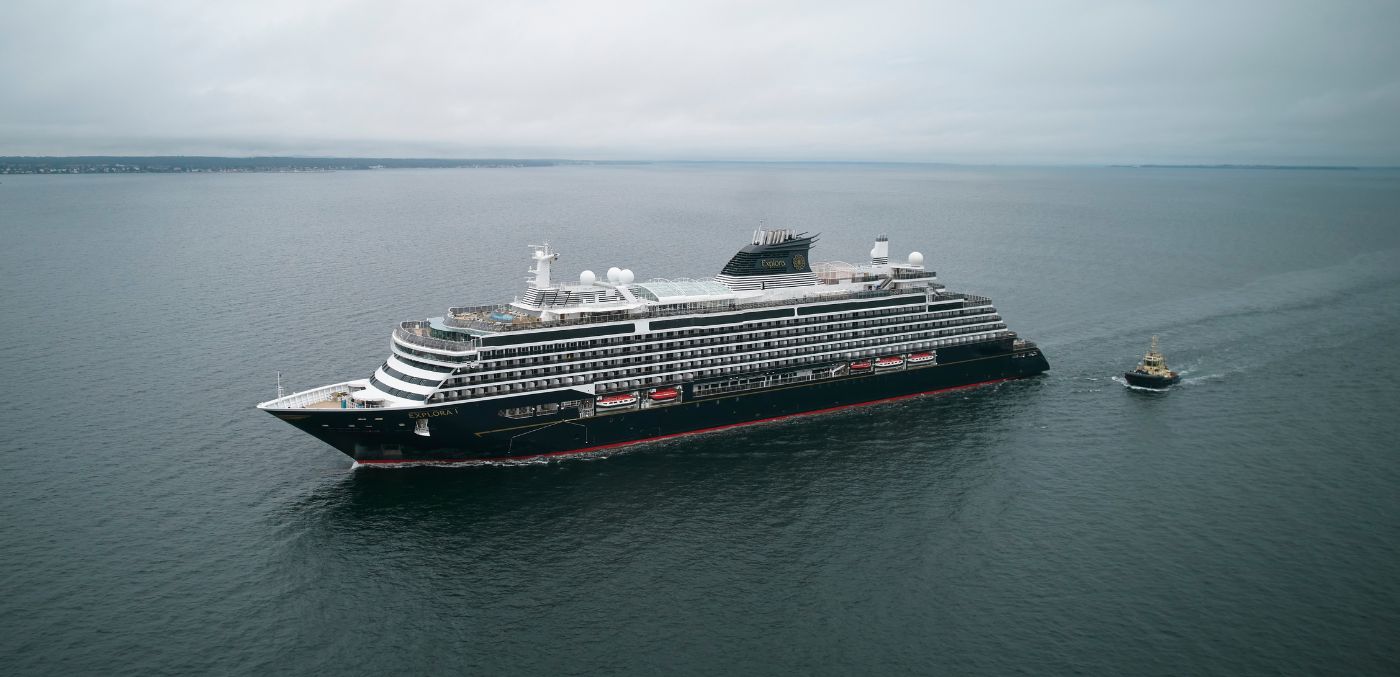
3. Silversea – environmentally minded ships
Monaco’s exclusive cruise line Silversea led the pack with the launch of Silver Origin in 2020, an environmentally minded vessel featuring a reverse osmosis system to transform seawater into potable drinking water. Progress continues in 2023 with the procurement of Silver Nova, a ship that has seen Silversea become the first luxury line powered by LNG with a 40 per cent reduction in emissions to boot. The design of the ship has been constructed to minimise fuel consumption and includes a micro-gasification system that turns waste into thermal energy.
4. MSC Cruises – Sailing at net-zero
Meanwhile, premium Swiss cruise line MSC Cruises captained the industry’s first net-zero greenhouse gas emissions voyage with the launch of MSC Euribia, its newest LNG-powered vessel for sustainable cruising. “This industry-first net zero gas emissions voyage of our latest flagship MSC Euribia heralds another significant step on our decarbonisation journey and demonstrates more than anything the extent of our commitment,” says Pierfrancesco Vago, Executive Chairman of the Cruise Division of MSC Group.
View more information and MSC Cruises’ sustainability reports
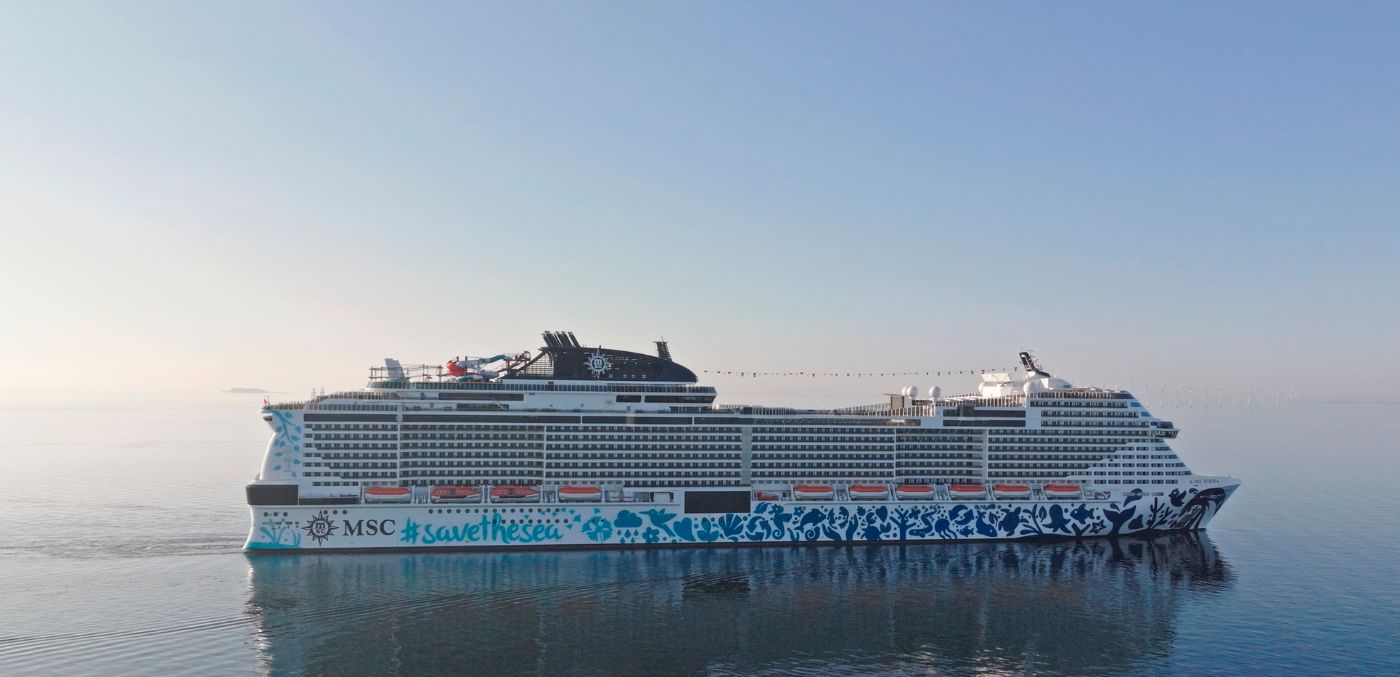
5. Hurtigruten – the first zero-emission energy-efficient ship
Adventurous expedition cruise lines have long been leaders of positive change. Norway’s Hurtigruten Expeditions was the first line to phase out single-use plastics and launch the first hybrid electric battery cruise ship in 2019. Since then, the line has gone on to power its fleet with greener fuels, such as marine gasoil and biofuels, has installed shore power connectivity fleet wide, and is working towards building its first zero-emission energy-efficient ship – complete with battery packs, propulsion technology and sustainable building practices – by 2030.
6. Aurora Expeditions – Working towards B Corp
Aurora Expeditions is showing that luxury can co-exist harmoniously with sustainability. Like its predecessor, Greg Mortimer, Aurora Expeditions’ newest addition, Sylvia Earle, features an Ulstein X-BOW design to reduce noise and vibration, sail faster and reduce fuel consumption. Aurora Expeditions is also aiming for B Corp certification by 2024, and this year plans to implement a sustainable food program.
Read about Aurora Expedition’s sustainable cruising in action
7. Lindblad Expeditions – 100% carbon-neutral
Similarly, Lindblad Expeditions is a 100 per cent carbon-neutral company, single-use plastic free, implements a sustainable food program fleetwide, and partners with National Geographic on conservation expeditions. In fact, since 1997, Lindblad has raised more than US$19 million to protect the ocean, conserve wildlife, bolster local communities and enable meaningful scientific research.
Learn about how Lindblad are making a positive impact on destinations they visit

8. Quark Expeditions – working towards zero-waste
Polar adventurist Quark Expeditions is working towards a zero-waste plan and aims to reduce carbon emissions by 10 per cent per passenger through fleet improvements. Its newest ship, Ultramarine, features a micro auto gasification system that responsibly processes waste into thermal energy. The cruise line also funds outreach programs and conservation efforts.
Support sustainable cruising
The journey toward a sustainable cruising future isn’t always smooth, but change is underway. Travellers can support the cultural shift by choosing to sail with cruise lines that integrate environmental technologies into their fleet and implement eco-conscious practices that protect and preserve the natural world as we know it.

Read more:
Top 24 ecotourism experiences around the world
Five luxury carmakers accelerating towards sustainability
True North launches Great Barrier Reef expedition
The world’s most energy-efficient ship
This article originally appeared in volume 45 of Signature Luxury Travel & Style magazine. Subscribe to the latest issue today.








